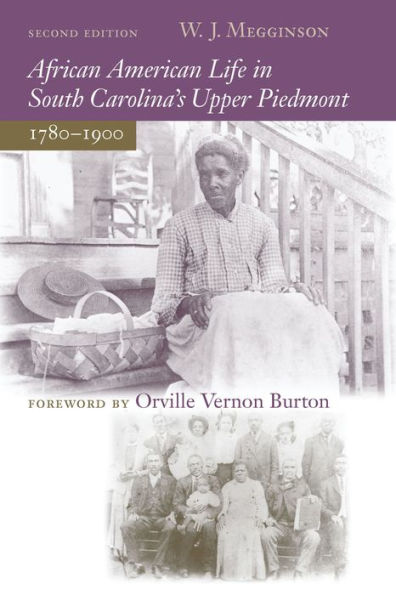Table of Contents
List of Illustrations ix
List of Tables xi
Foreword Orville Vernon Burton xiii
Acknowledgments xix
Editorial Note xxiii
Prologue: Milly Dupree 1
Introduction: A Piedmont Setting 4
Part 1 The Setting, the Peoples, and Their Work
Introduction to Part 1 17
1 The Early Years, 1784-1810 19
2 Piedmont Peoples, Their Environment, and Their Work 30
3 The Puzzling Free Persons of Color 51
4 Those Who Were Free Persons of Color 60
Part 2 Interactions between Black and White
Introduction to Part 2 73
5 Laws, Courts, and Resistance 75
6 Churches, a Shared Setting 96
7 Ambivalent Interactions 113
Part 3 African American Subculture and Life on the Plantation
Introduction to Part 3 123
8 Carving out a Niche 125
9 Families, Mortality, and Names 140
10 Material and Emotional Conditions 157
Part 4 Transitions
Introduction to Part 4 179
11 War Years, the Home Front, and African Americans 181
12 Reconstruction's First Months, 1865 196
13 Reconstruction Evolves, 1866-68 213
14 Panorama of Black Families in Freedom 230
Part 5 Community Building: Organizations, Concepts, and Opportunities
Introduction to Part 5 251
15 Black Political Activity, 1867-75 253
16 Black Politics Curtailed, 1876-90 274
17 Community Building: Churches and Schools 286
18 Black Communities, Town and Rural 311
19 Anderson's Urban Community 335
20 Divergent Views of Blacks 354
Part 6 Changing Conditions, for Better, for Worse
Introduction to Part 6 371
21 Societal Attitudes and Oppression 373
22 Political and Economic Subjugation 391
23 1900: One Year in the Life of a Community 405
List of Abbreviations 421
Notes 423
Selected Bibliography: An Essay 509
Index of People 519
Index of Subjects 533
About the Author 547



